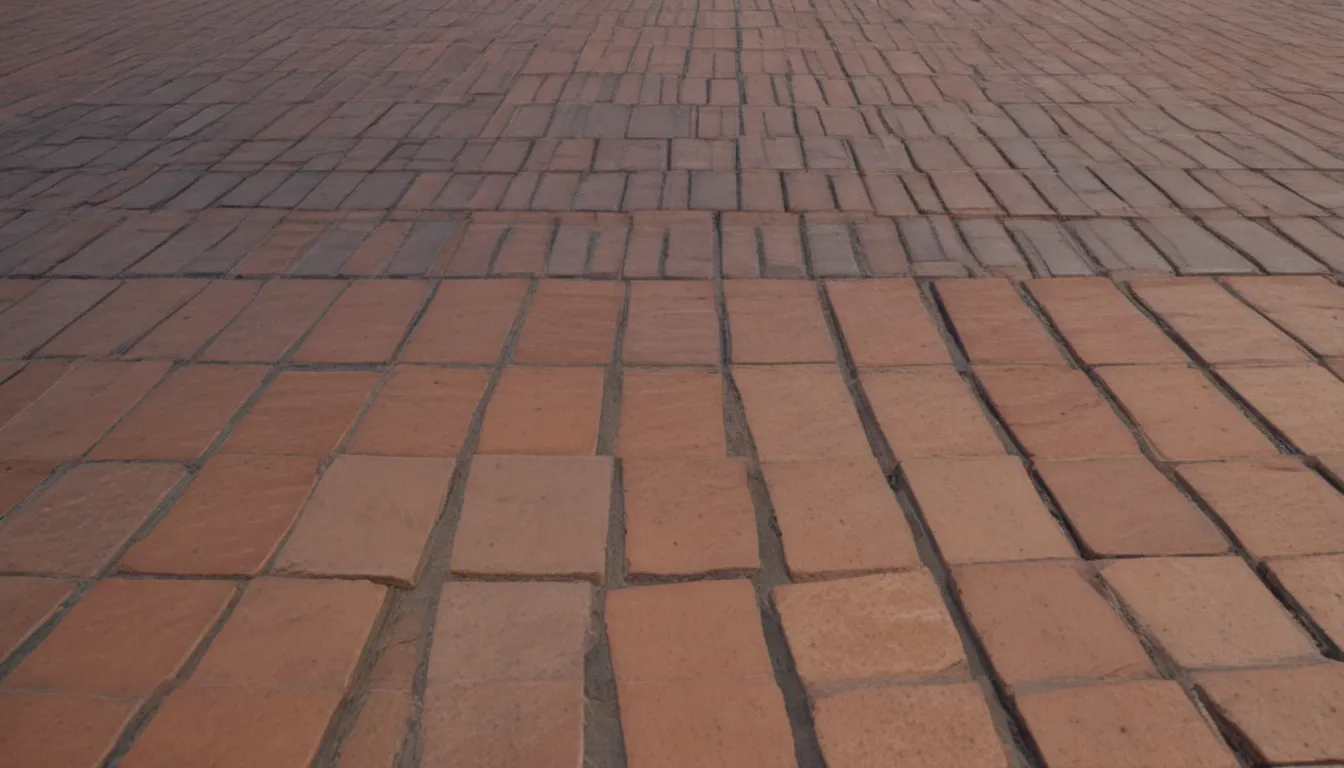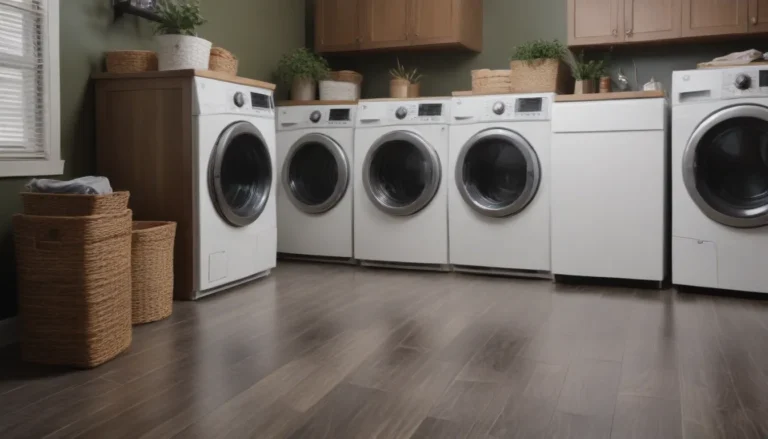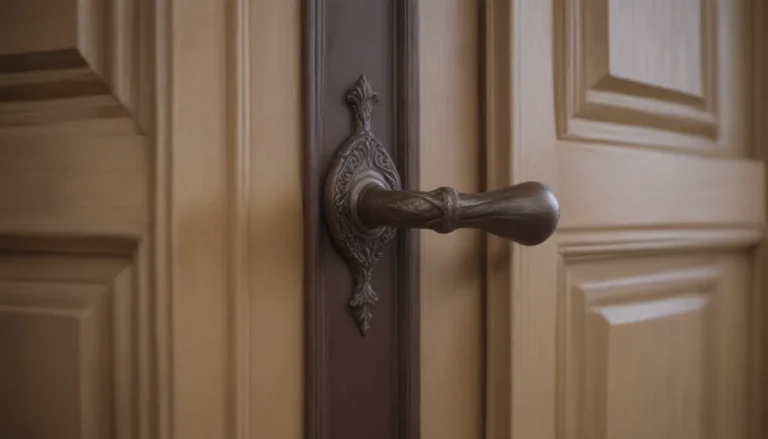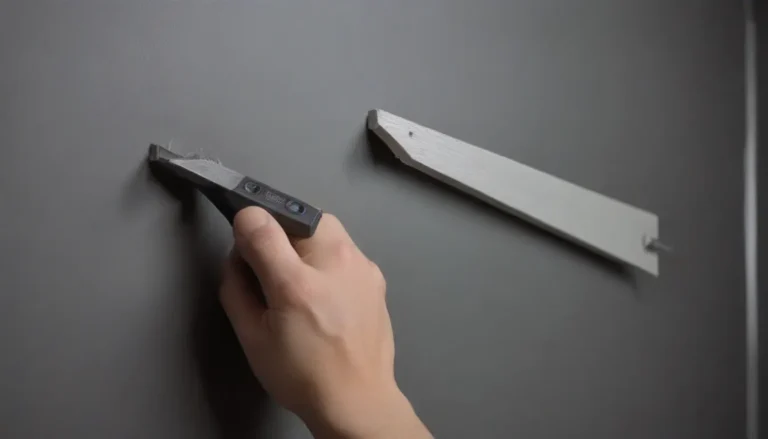An In-Depth Guide to Basic Brick Patterns for Patios and Paths

Bricks are versatile building materials that can be used to create beautiful and durable structures like walkways, paths, and walls. With their uniform modular units, bricks can be arranged in various patterns to achieve different looks and levels of strength. It’s essential to choose the right brick pattern for your project to ensure both aesthetic appeal and structural integrity.
In this comprehensive guide, we will explore different brick patterns that you can use for your patios and paths. From classic designs to more intricate styles, each pattern has its unique characteristics and benefits. Whether you’re a seasoned DIYer or a novice looking to enhance your outdoor space, this article will provide valuable information to help you choose the right brick pattern for your project.
Understanding Brick Patterns: A Brief Overview
Before we delve into specific brick patterns, let’s go over some essential terms that you need to know when discussing bricklaying:
- Courses: Refers to each layer or row of horizontal bricks.
- Header Course: Consists of header bricks laid flat and perpendicular to the wall’s face.
- Running Bond: A pattern where one brick is placed over two below, creating a 1-over-2 pattern.
Now that we have a basic understanding of key terms let’s explore some popular brick patterns for patios and paths.
Brick Patterns for Patios and Paths
Herringbone
Illustration: The herringbone pattern consists of bricks laid at 90-degree angles to each other in a zig-zag pattern. This pattern is visually striking and incredibly strong, making it ideal for driveways. While herringbone requires some cutting for straight edges, its durability and aesthetic appeal make it a popular choice for outdoor spaces.
Running Bond
Illustration: Also known as stretcher bond, the running bond is a classic brick pattern that’s commonly used for walls and paving. In a running bond pattern, each brick overlaps two below it, creating a sturdy structure. While running bond may require more cutting than other patterns, its timeless look and strength make it a versatile choice for various projects.
Basketweave
Illustration: The basketweave brick pattern is simple yet visually appealing, resembling a woven basket. It’s a popular choice for patios due to its decorative value and ease of installation. You can add a unique touch by laying the bricks diagonally, enhancing the pattern’s aesthetic appeal.
Grid
Illustration: The grid pattern features square sections of bricks set into a grid-like frame, creating a structured and organized look. While the basketweave pattern is a classic choice for this design, other straight-edged patterns like jack-on-jack and pinwheel also work well. The grid pattern is ideal for creating a cohesive and visually appealing layout for your patio or path.
Half-Basketweave
Illustration: The half-basketweave pattern consists of two horizontal bricks placed against a single vertical brick, alternating in each row. This design creates a visually interesting look similar to basketweave but with a slightly more complex appearance. The half-basketweave pattern adds depth and dimension to your outdoor space, making it a unique choice for patio or path paving.
Jack-on-Jack (Stacked Bond)
Illustration: The jack-on-jack pattern, also known as stacked bond, is the simplest brick pattern to lay. It involves placing bricks in perfectly aligned rows, creating a neat and geometric look. While jack-on-jack is more commonly used for wall construction, it can also be used for outdoor paving with proper support to prevent shifting. This pattern adds a clean and orderly aesthetic to your patio or path.
Pinwheel
Illustration: The pinwheel bond pattern requires some brick-cutting skills but results in an interesting and visually appealing design. The geometric representation of a pinwheel creates a unique focal point for your outdoor space. With a central half brick in each pinwheel shape, this pattern adds a modern and artistic touch to your patio or path.
Whorled
Illustration: The whorled brick pattern is a complex and intricate design that requires precise cutting and layout. While challenging to install, the whorled pattern can create a stunning and eye-catching effect in your outdoor space. This highly decorative pattern is often used as a centerpiece within a larger area made with a simpler design, adding sophistication and visual interest to your patio or path.
Brick Patterns for Walls
In addition to patios and paths, bricks are also used for constructing walls. Different brick patterns can be used to enhance the strength and visual appeal of wall structures. Here are a few common brick patterns for walls:
American Bond
The American bond brick pattern, also known as the common bond, features varying running bonds with full-length header courses at regular intervals. Header courses are typically placed every fifth, sixth, or seventh row, adding stability and visual interest to the wall structure.
English Bond
The English bond brick pattern consists of alternating rows of stretcher bricks and header bricks. Each row varies in size, with larger bricks followed by smaller bricks to create a distinctive visual pattern. The English bond is a classic choice for walls, offering both strength and aesthetic appeal.
Flemish Bond
The Flemish bond brick pattern alternates between stretcher bricks and header bricks in each row. This pattern creates a unique and textured look, with bricks laid in a crisscross pattern for added strength and stability. By laying bricks sideways, the Flemish bond pattern enhances the structural integrity of the wall.
Tips for Installing Brick Patterns
- Choose the right pattern: Consider factors like strength, aesthetic appeal, and ease of installation when selecting a brick pattern for your project.
- Proper preparation: Make sure the ground is properly leveled and compacted before laying bricks to ensure a stable foundation.
- Use quality materials: Invest in high-quality bricks and mortar for durability and longevity.
- Follow a precise layout: Measure and plan the layout of your brick pattern carefully to ensure uniformity and accuracy.
- Practice safety: Wear protective gear like gloves and goggles when working with bricks to prevent injuries.
Frequently Asked Questions
- Are all types of bricks suitable for outdoor use?
-
Yes, many types of bricks, such as clay bricks, are suitable for outdoor projects. However, it’s essential to choose durable and weather-resistant bricks for longevity.
-
Do I need to wet the bricks before laying them?
-
While some bricks require wetting before installation, pressed or extruded bricks with low porosity may not need to be dampened. Always refer to the manufacturer’s recommendations for specific brick types.
-
Is bricklaying difficult for beginners?
- Bricklaying is considered a relatively easy-to-learn construction skill, but it’s essential to do your research and seek proper instruction before starting a project. Practice on a small scale before tackling larger projects to build your skills.
Conclusion
In conclusion, choosing the right brick pattern for your patio, path, or wall can significantly impact the overall look and durability of your outdoor space. Whether you prefer a classic design like running bond or a more intricate pattern like whorled, there are endless possibilities to explore. By understanding the characteristics and benefits of each brick pattern, you can make an informed decision that suits your style and project requirements.
We hope this in-depth guide has provided valuable information and inspiration for your next bricklaying project. Remember to plan carefully, use quality materials, and practice proper techniques to achieve a professional and visually pleasing result. Happy bricklaying!





